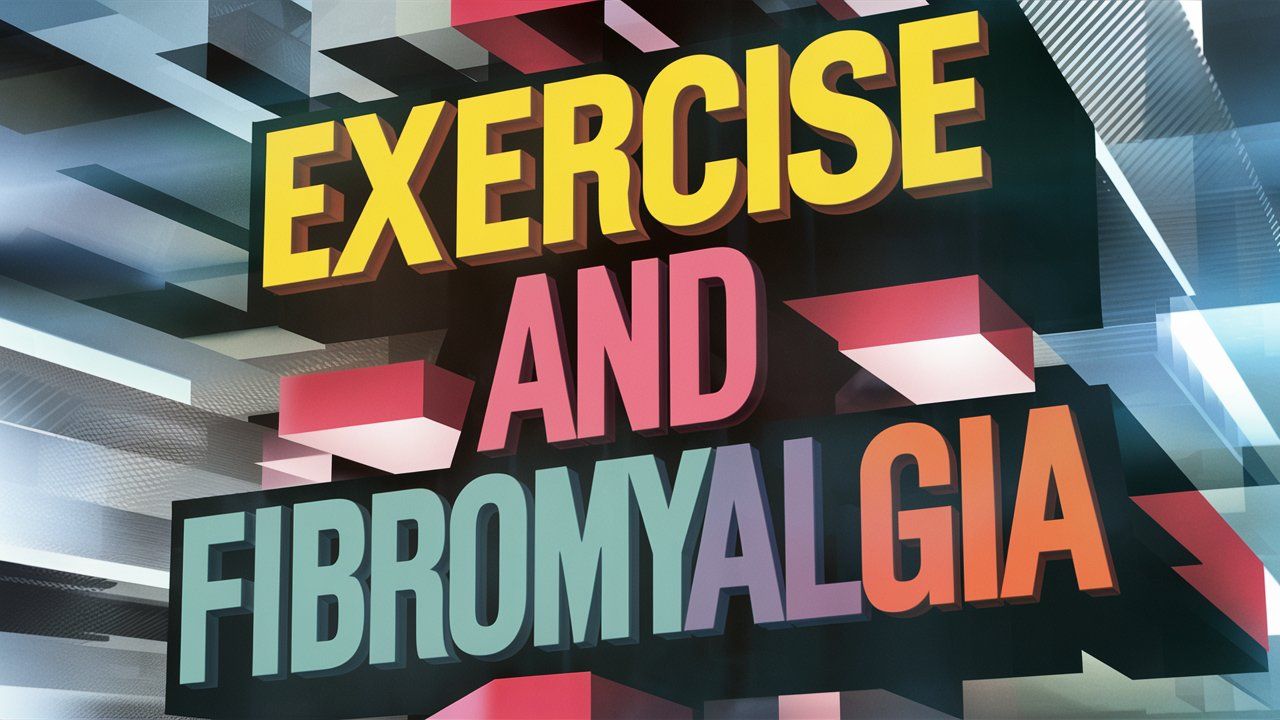Striking the Perfect Balance
 Living with fibromyalgia can feel like traversing a minefield, every step laden with potential discomfort. Yet, amidst the pain and fatigue, lies a paradoxical truth: exercise, when approached with wisdom, can be a potent ally in managing symptoms and improving overall well-being. In this guide, we delve into the delicate art of finding the sweet spot between movement and rest for those grappling with fibromyalgia.
Living with fibromyalgia can feel like traversing a minefield, every step laden with potential discomfort. Yet, amidst the pain and fatigue, lies a paradoxical truth: exercise, when approached with wisdom, can be a potent ally in managing symptoms and improving overall well-being. In this guide, we delve into the delicate art of finding the sweet spot between movement and rest for those grappling with fibromyalgia.
Firstly, let’s address the elephant in the room: the fear of exacerbating pain. Yes, pushing too hard can indeed lead to flare-ups, but that doesn’t mean abandoning all physical activity. It’s about understanding your body’s signals, pacing yourself, and choosing exercises that work in harmony with your condition.
Motivation can wane when faced with chronic pain, but cultivating a positive mindset is crucial. Set realistic goals, celebrate small victories, and surround yourself with a support system that understands and encourages your journey. Share on XSo, what constitutes the right type of exercise? Think gentle, think low-impact. Yoga, tai chi, swimming, and walking are gentle on the joints yet effective in improving flexibility, strength, and mood. These activities nurture your body without subjecting it to undue strain, making them ideal companions on your fibromyalgia journey.
Intensity matters just as much as the type of exercise. Forget the “no pain, no gain” mantra; with fibromyalgia, it’s more about “slow and steady wins the race.” Start with short sessions of low-intensity exercise, gradually increasing duration and intensity as your body allows. Remember, it’s not a sprint; it’s a marathon, and pacing is paramount.
 Motivation can wane when faced with chronic pain, but cultivating a positive mindset is crucial. Set realistic goals, celebrate small victories, and surround yourself with a support system that understands and encourages your journey. A dash of optimism can go a long way in keeping you on track.
Motivation can wane when faced with chronic pain, but cultivating a positive mindset is crucial. Set realistic goals, celebrate small victories, and surround yourself with a support system that understands and encourages your journey. A dash of optimism can go a long way in keeping you on track.
Ah, but what about those dreaded flare-ups? They’re an inevitable part of the fibromyalgia landscape, but there are ways to minimize their frequency and severity. Listen to your body; if it’s screaming for rest, heed its call. Incorporate gentle stretching and relaxation techniques into your routine to soothe sore muscles and calm an overactive nervous system.
Firstly, let's address the elephant in the room: the fear of exacerbating pain. Yes, pushing too hard can indeed lead to flare-ups, but that doesn't mean abandoning all physical activity. Share on XConsistency is key, but so is flexibility. Some days, your body may rebel against the thought of exercise, and that’s okay. Adaptability is your secret weapon; if your usual routine isn’t feasible, explore alternative activities or adjust your approach to accommodate your body’s needs.
In conclusion, exercise and fibromyalgia need not be sworn enemies. By embracing a mindful, tailored approach to physical activity, you can harness its transformative power to navigate the challenges of fibromyalgia with resilience and grace. Remember, it’s not about pushing through the pain; it’s about finding harmony between movement and rest, one gentle step at a time.


